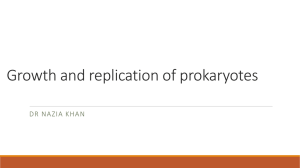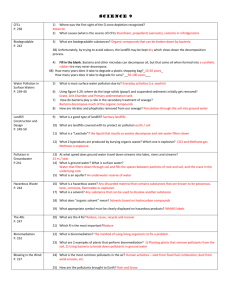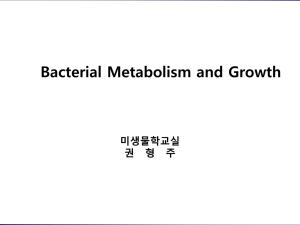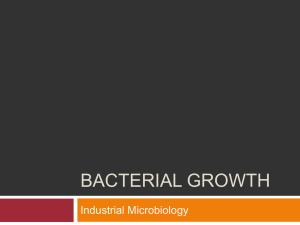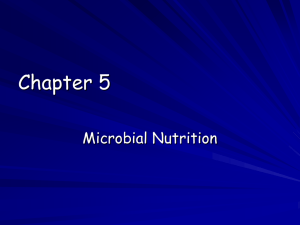Day 1: Exploring a Population- Sample Answers
advertisement
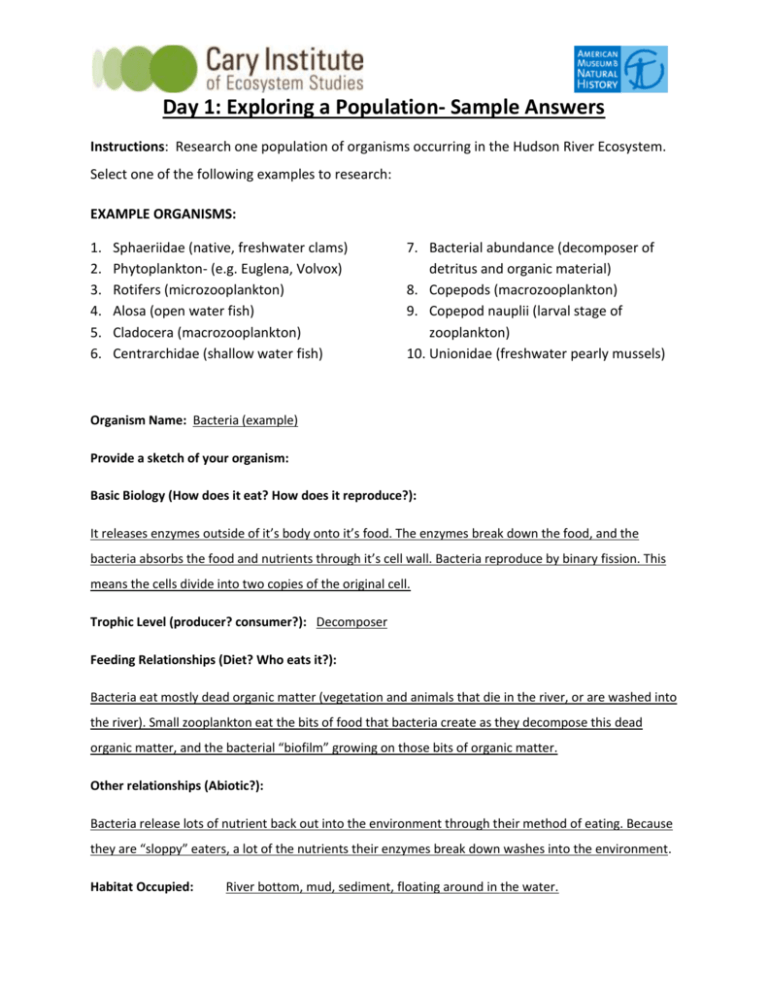
Day 1: Exploring a Population- Sample Answers Instructions: Research one population of organisms occurring in the Hudson River Ecosystem. Select one of the following examples to research: EXAMPLE ORGANISMS: 1. 2. 3. 4. 5. 6. Sphaeriidae (native, freshwater clams) Phytoplankton- (e.g. Euglena, Volvox) Rotifers (microzooplankton) Alosa (open water fish) Cladocera (macrozooplankton) Centrarchidae (shallow water fish) 7. Bacterial abundance (decomposer of detritus and organic material) 8. Copepods (macrozooplankton) 9. Copepod nauplii (larval stage of zooplankton) 10. Unionidae (freshwater pearly mussels) Organism Name: Bacteria (example) Provide a sketch of your organism: Basic Biology (How does it eat? How does it reproduce?): It releases enzymes outside of it’s body onto it’s food. The enzymes break down the food, and the bacteria absorbs the food and nutrients through it’s cell wall. Bacteria reproduce by binary fission. This means the cells divide into two copies of the original cell. Trophic Level (producer? consumer?): Decomposer Feeding Relationships (Diet? Who eats it?): Bacteria eat mostly dead organic matter (vegetation and animals that die in the river, or are washed into the river). Small zooplankton eat the bits of food that bacteria create as they decompose this dead organic matter, and the bacterial “biofilm” growing on those bits of organic matter. Other relationships (Abiotic?): Bacteria release lots of nutrient back out into the environment through their method of eating. Because they are “sloppy” eaters, a lot of the nutrients their enzymes break down washes into the environment. Habitat Occupied: River bottom, mud, sediment, floating around in the water.







